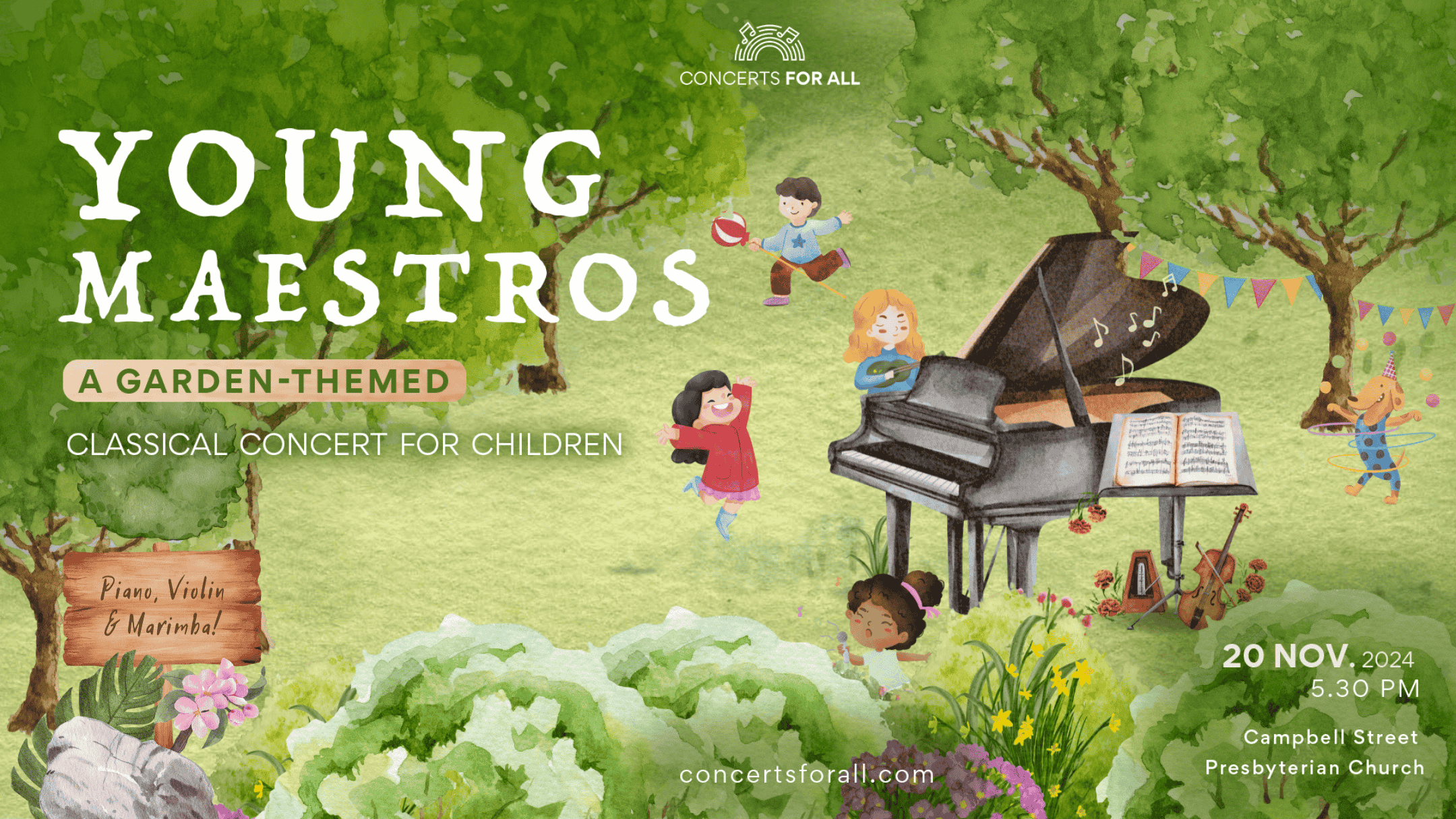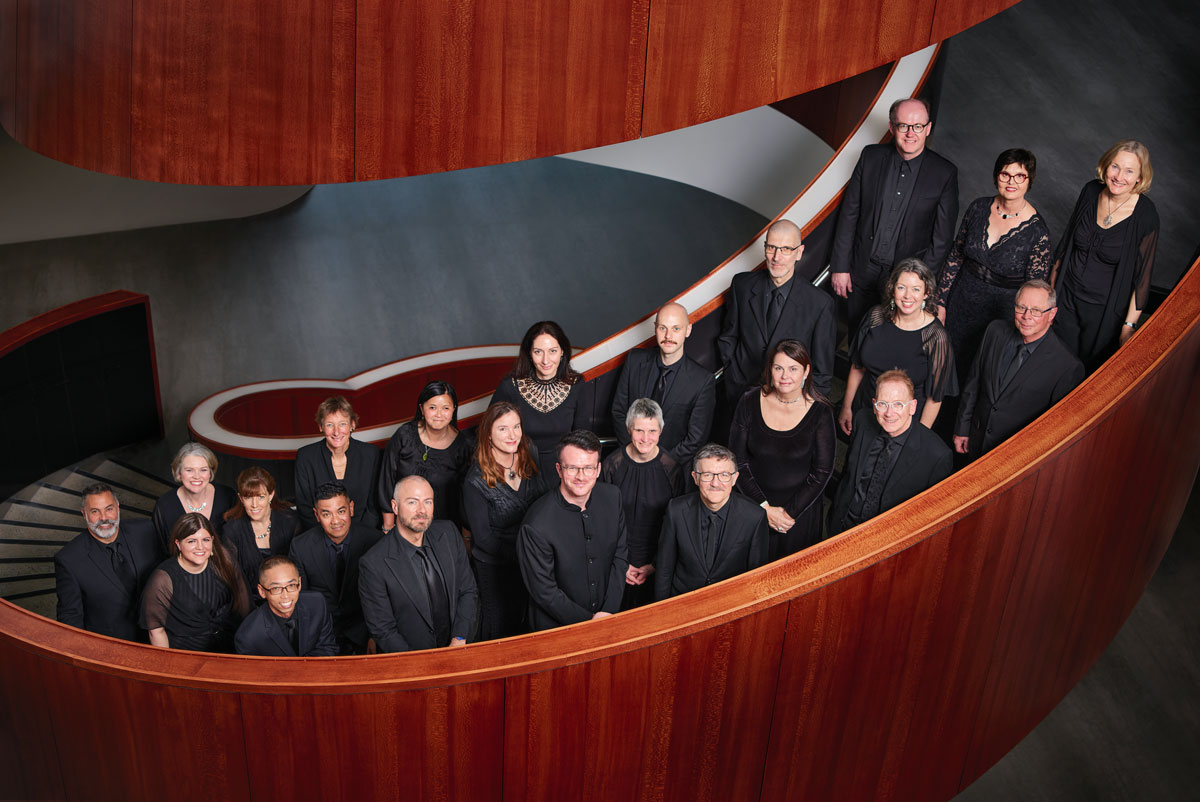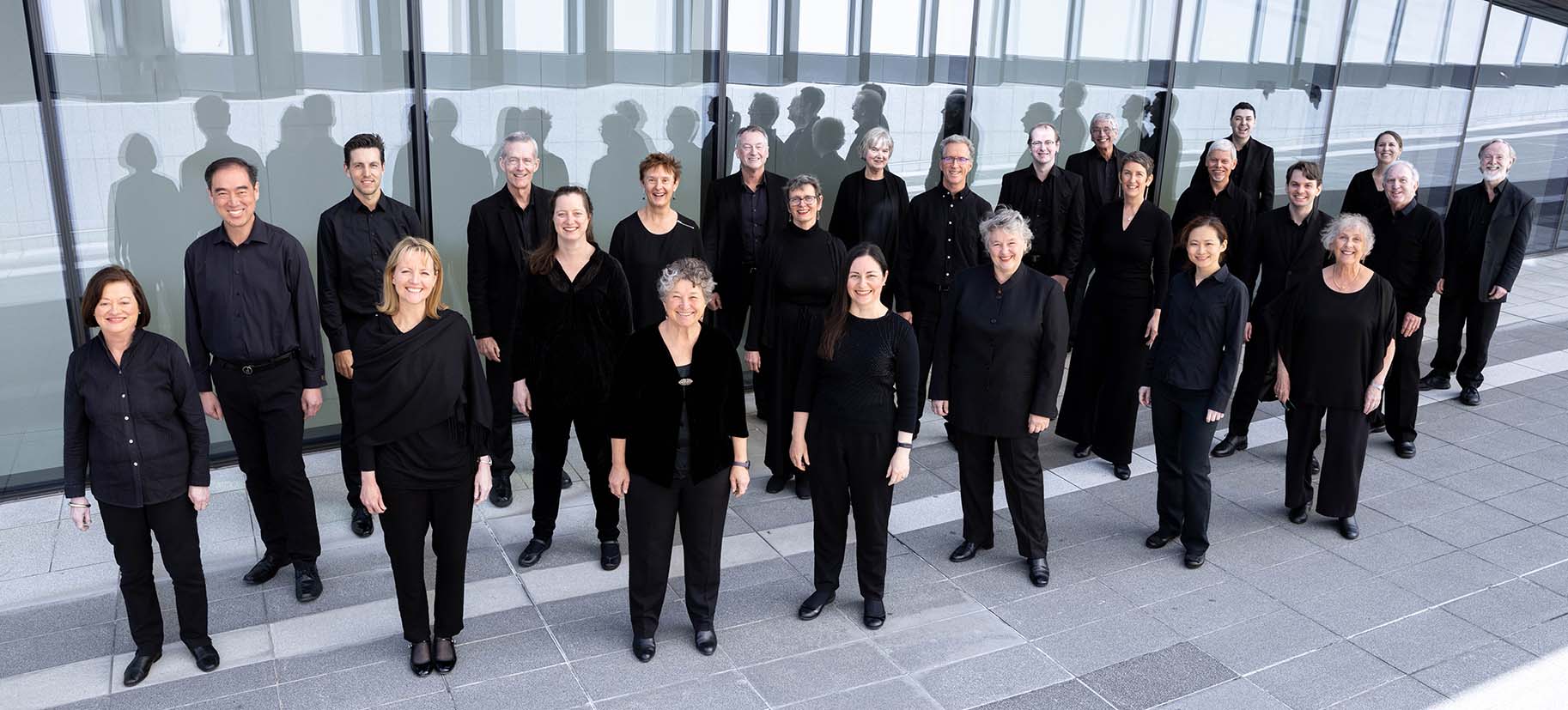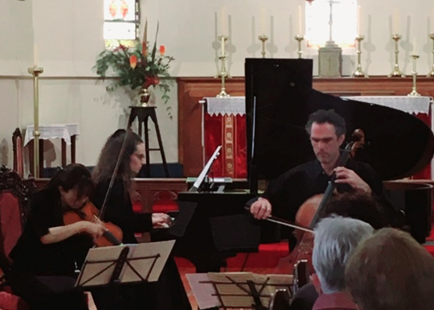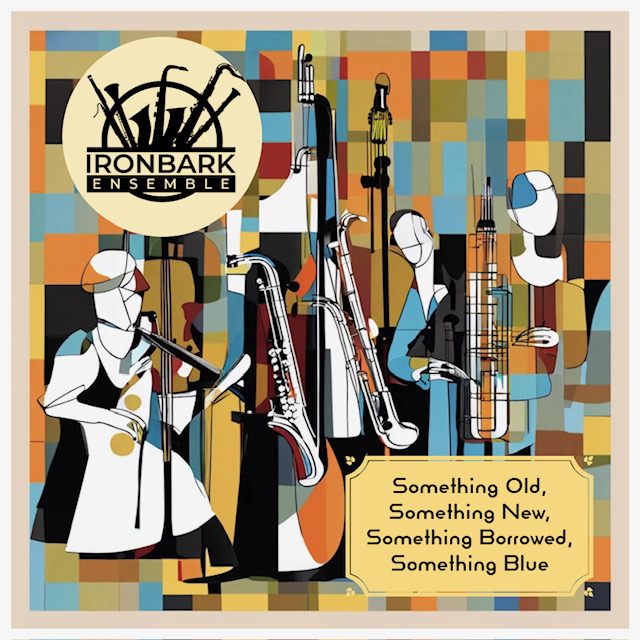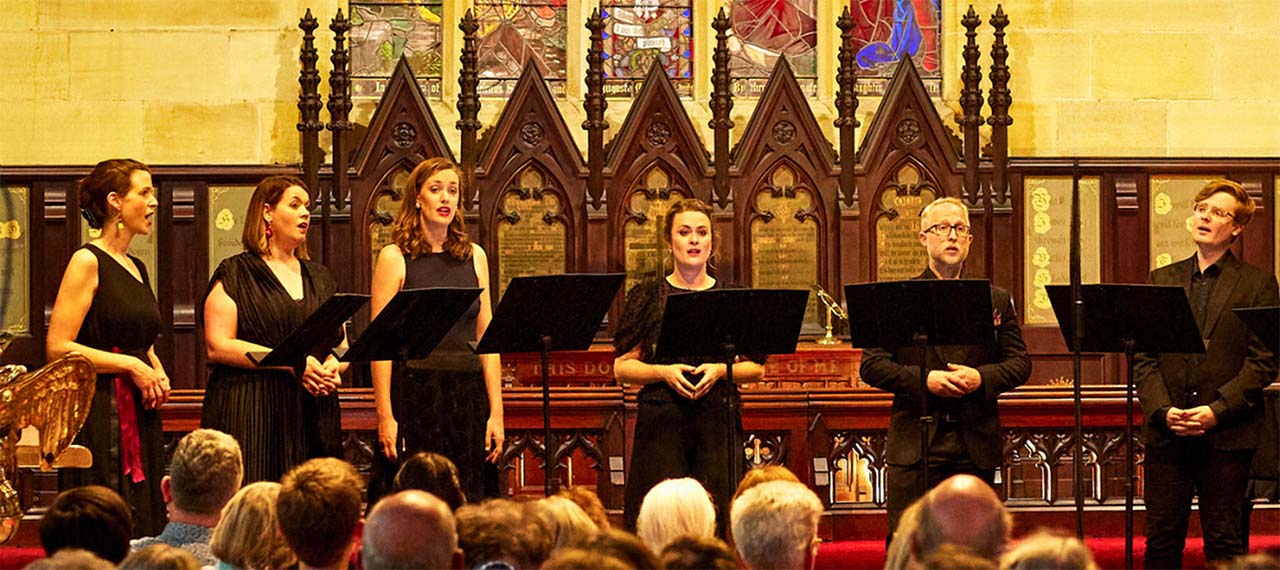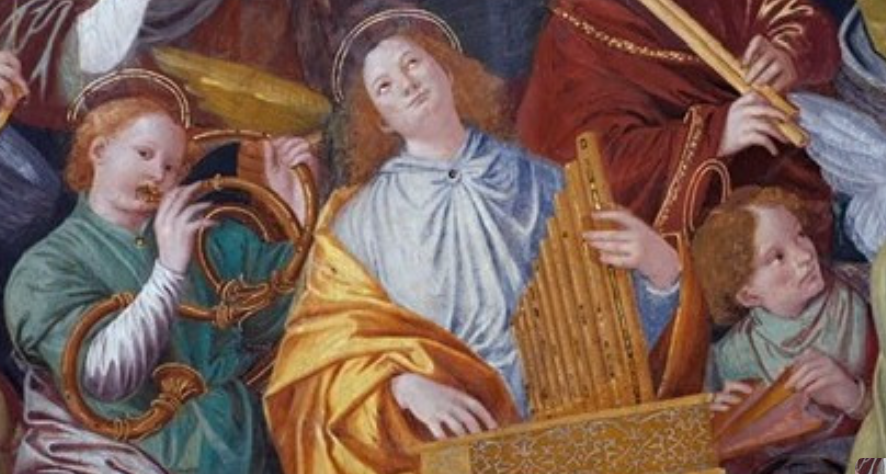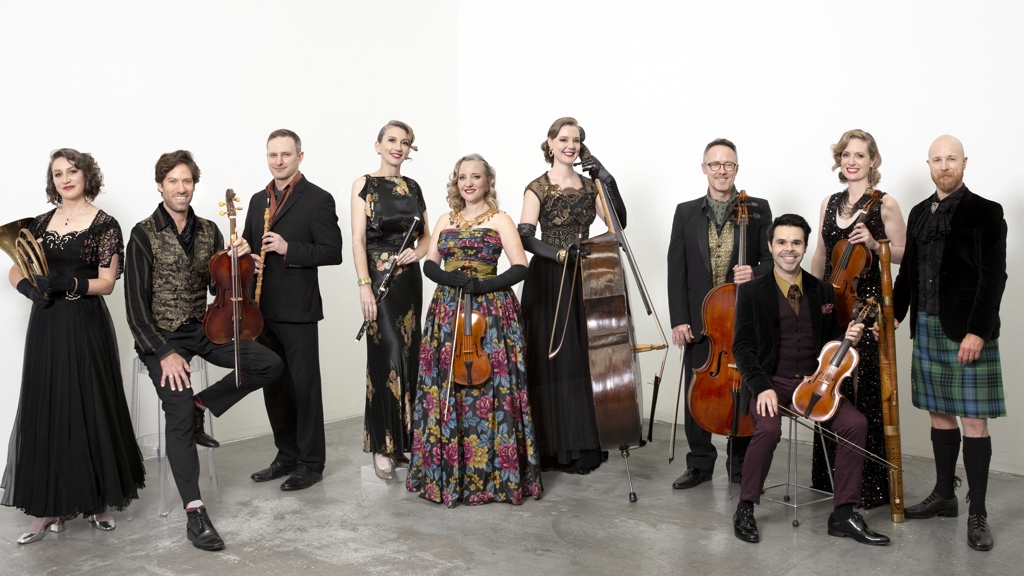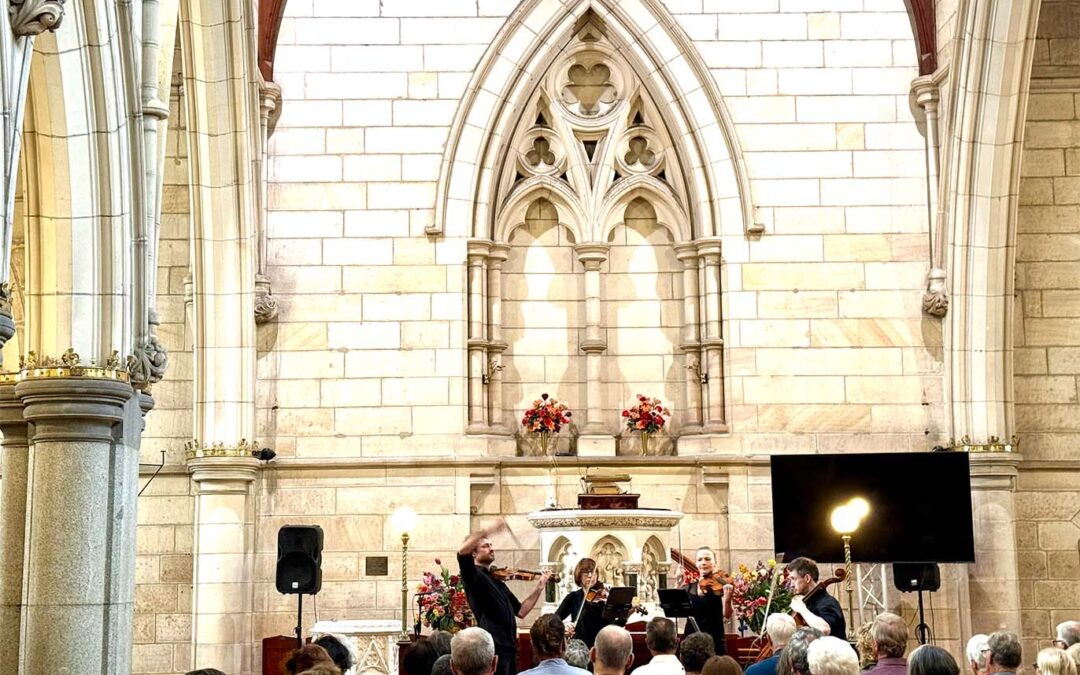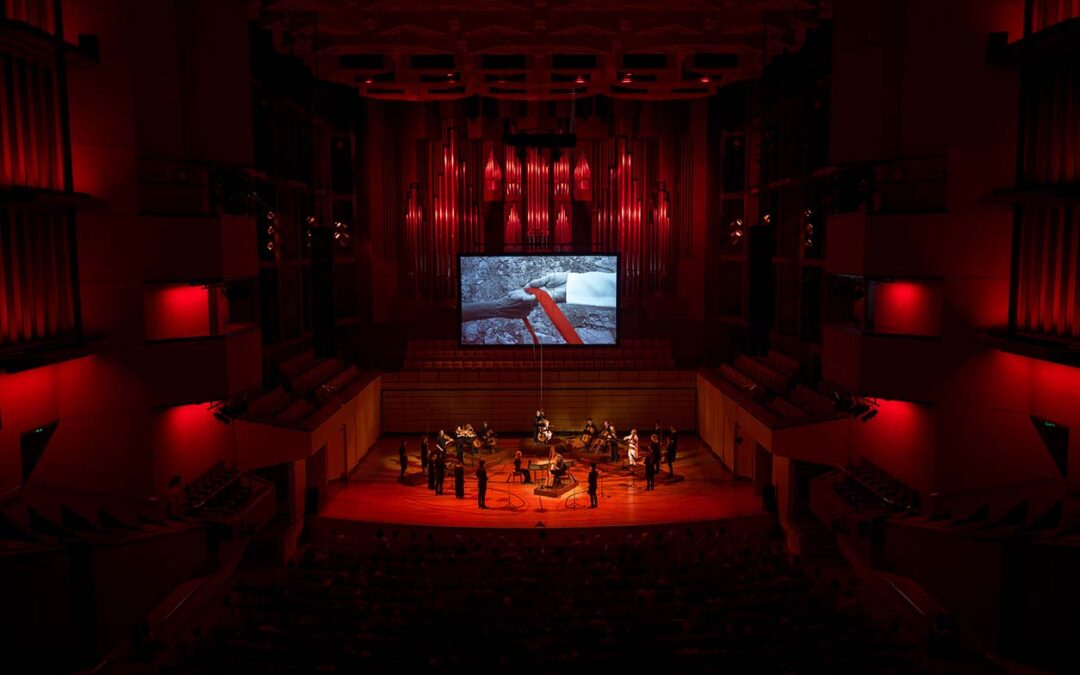Australian Romantic & Classical Orchestra Orchestra | New Perspectives
10 June 2023, Monash University – Ian Potter Centre for Performing Arts
Beethoven Septet
Farrenc Nonet
To say that I enjoyed myself at this concert would be a gross understatement. It was the first time I had attended this venue and I was pleased with the choice for this programme. It is an intimate venue with capacity for around 100 people and about 85 or so attended the evening’s performance which was also relayed on line through the Australian Digital Concert Hall. I was more than satisfied with the acoustics. It was good to have what was essentially a large chamber music ensemble in a smaller venue where one could be close to the performers and the nuances of their playing. Coming at the end of a tour in what must have been a gruelling schedule for the musicians I experienced a performance of abundant energy and great refinement.
I was delighted with the programme, and the very high standard of playing.
The programme commenced with the Louise Farrenc nonet contrary to the stated programme and right from the opening chords one was treated to precision, excellent intonation and perfect blend. While performing on period instruments is a difficulty that needs to be overcome, not once were any of these difficulties apparent. These nine musicians are absolute masters of their instruments and masters of the music they performed. There was such unanimity in their phrasing and a common intent providing ensemble playing of the highest order. Using “popular” techniques, such as sliding up to the pitch (portamento) in the violin part, drew upon what we know of 19th century performance and in particular the celebrated 19th century violinist Joseph Joachim. We have the 1903 recordings of Joachim to thank for this.

While I personally am familiar with historically informed performance (HIP) researches, I found the programme notes by Yvonne Frindle and Kate Bennett Wadsworth very illuminating, well written and displaying first class research. I learnt much from these notes and was able to engage in new ways of viewing 19th century performance practice. Examples of people engaging in historical performance and repertoire from the 19th century itself were of great interest to me and well-chosen to illustrate their relevance in this programme. Making the point that in our sanitised concert performances we have a different experience to the audience of 150-200 years ago, caused me to reflect about our modern day expectations. In a way this was highlighted by the whimsical approach to some of the movements where I found the musicians were “playing” with their playing.
This was both quirky and humorous giving a lighter touch to the music particularly in the scherzos.
A light touch was in fact a hall-mark of the playing where the textures of the music were brought out at times with perfect restraint and poise whilst at other times the contrast of the full ensemble gave a pleasing solid and full sound. The control of the textures was constant with the dialogues between instruments and the contrast between sections of the ensemble always dynamic. Both works have a mastery of composition that go far in exploring the possibilities of the instruments so that it is strange to think that Beethoven, years after, exclaimed that he wished he’d burnt the score after hearing how wildly popular his septet was at the time. I noted in both works how the division between strings and wind was both used but often transcended with more delicate scoring so that there was in fact no sharp delineation between the instrumental groups. I am glad that both scores survive today.
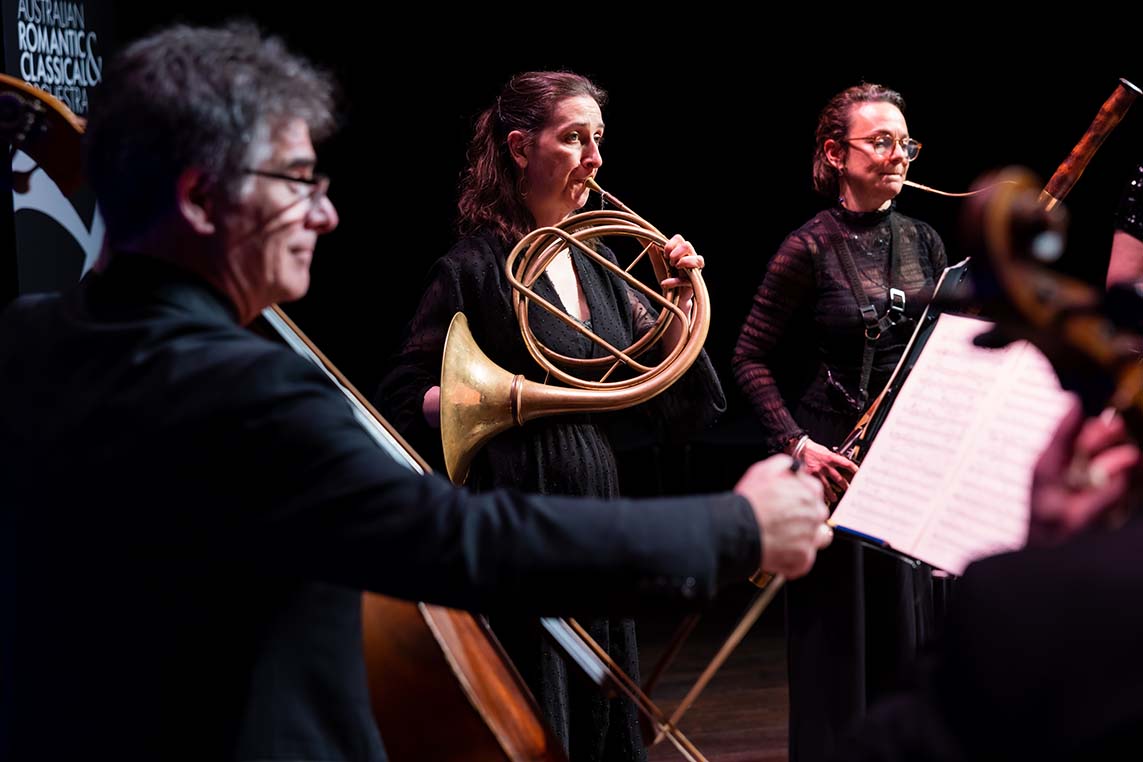
Special mention should go to the horn player Anneke Scott who I noticed was constantly alert as to who to follow in the ensemble as well as taking the lead at key moments. She also employed a few rapid changes of crook. The massive violin parts were played with life and verve by Jenna Sherry who also showed many whimsical moments in interpreting the music. The cadenzas in each work were played with shape and direction bringing out the phrasing to perfection. The dialogues between violin and clarinet were also managed exquisitely.

I could point to many moments in a blow by blow description of the concert, but suffice to say that the whole performance was of such a high standard that I have nothing but praise for all the musicians. While they are currently more known for their orchestral performances, I look forward to more chamber music from these thoroughly excellent musicians from the Australian Romantic & Classical Orchestra.
Photo Credit: Hikari Photography

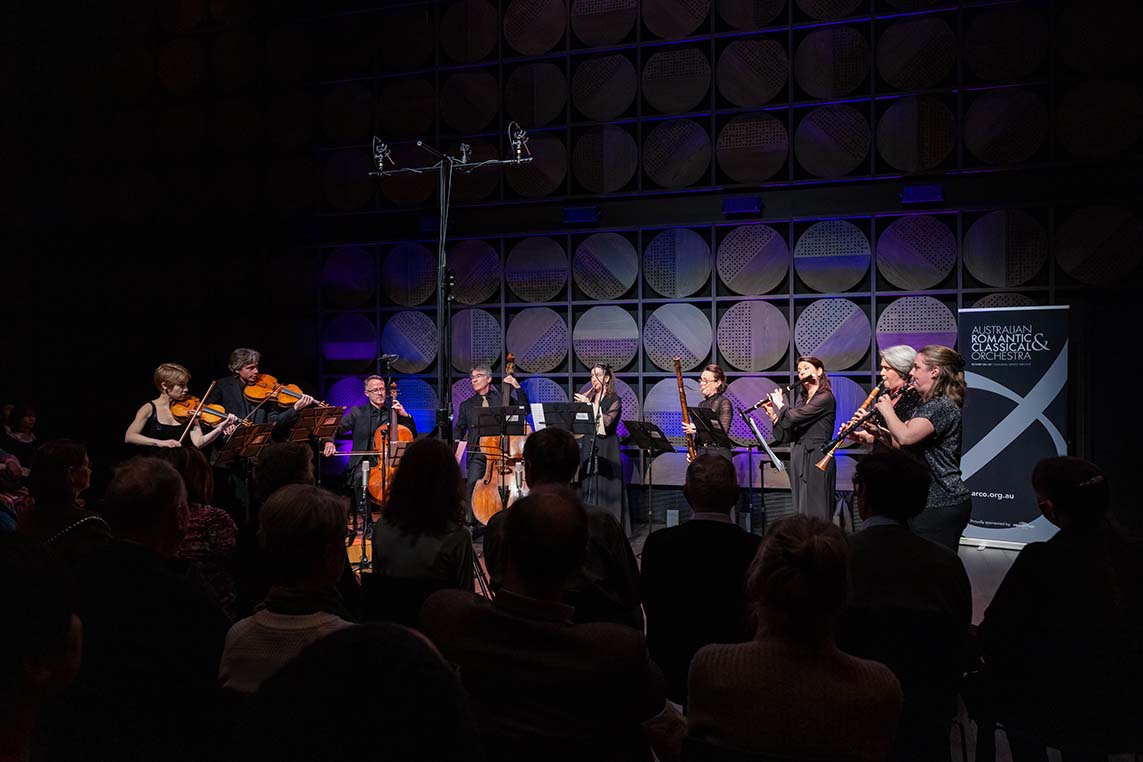




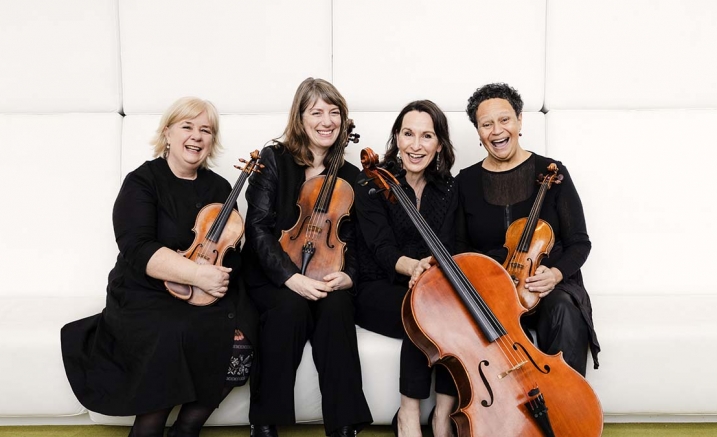


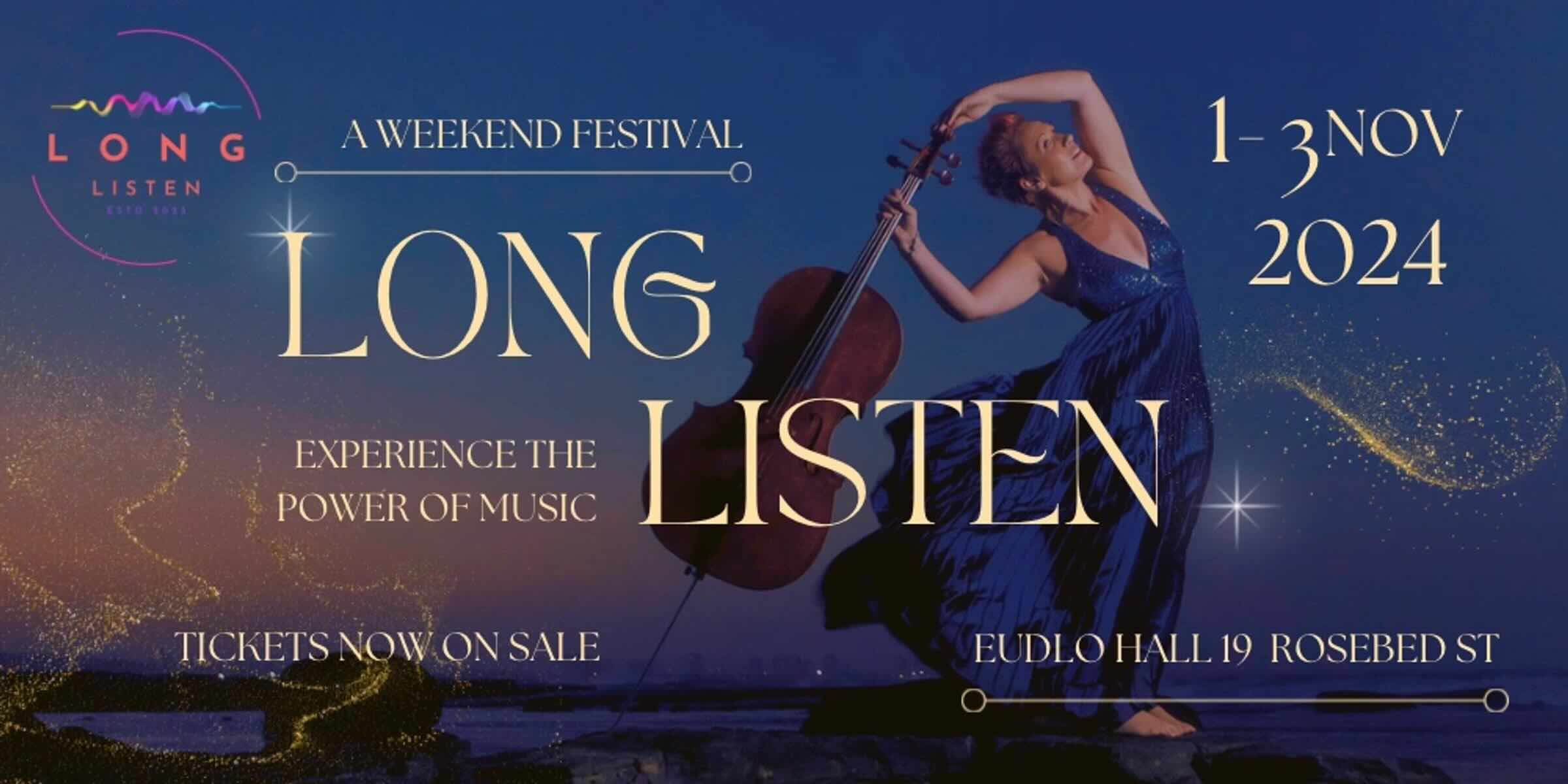
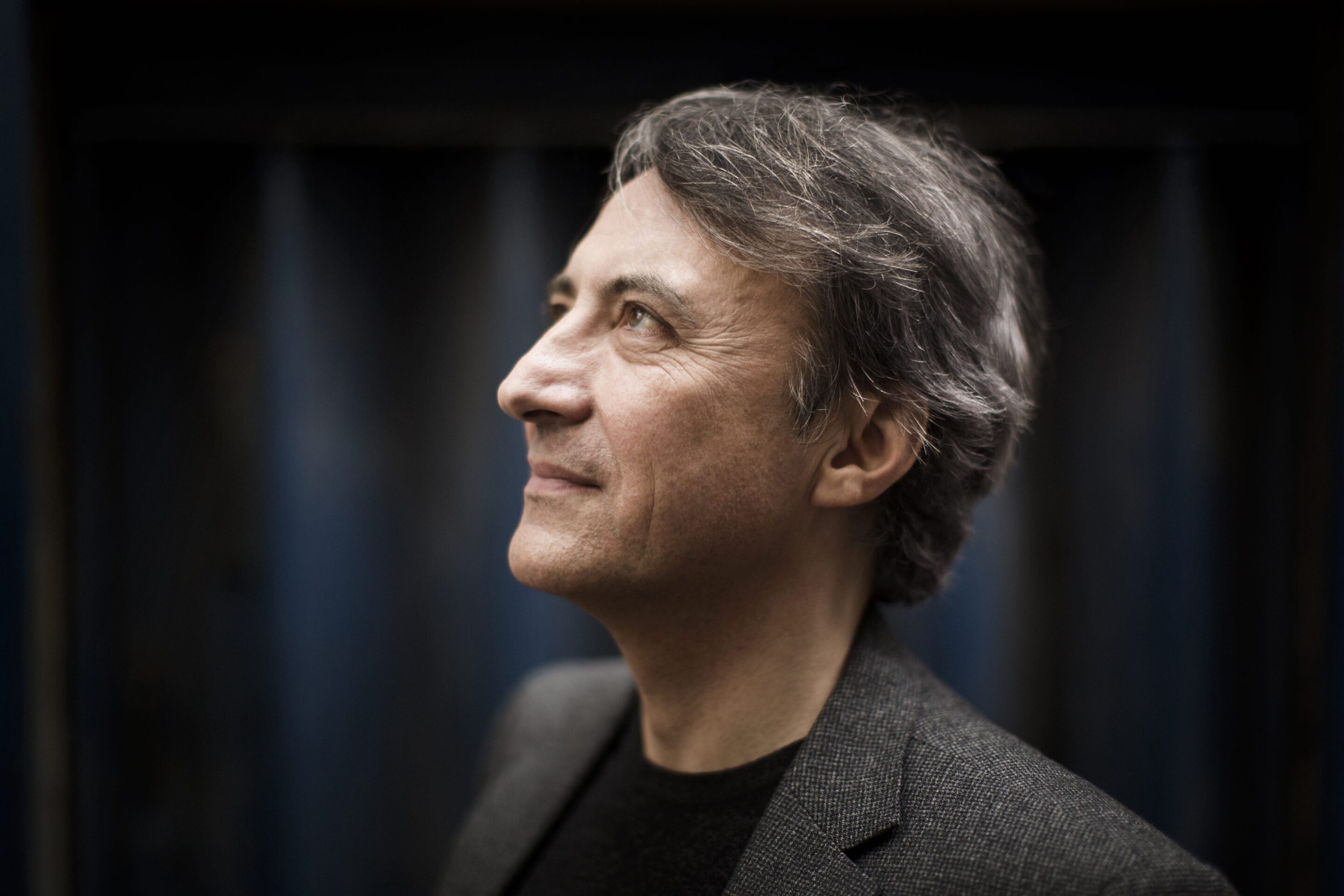

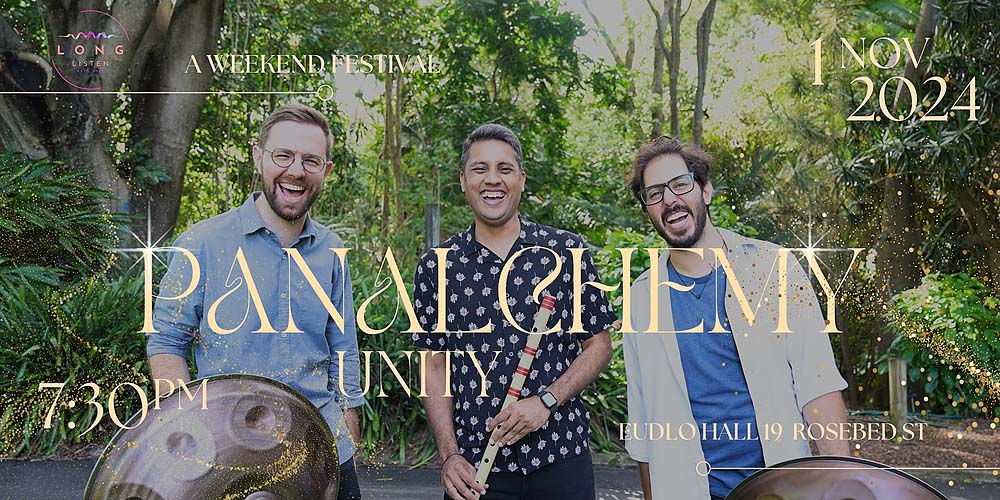

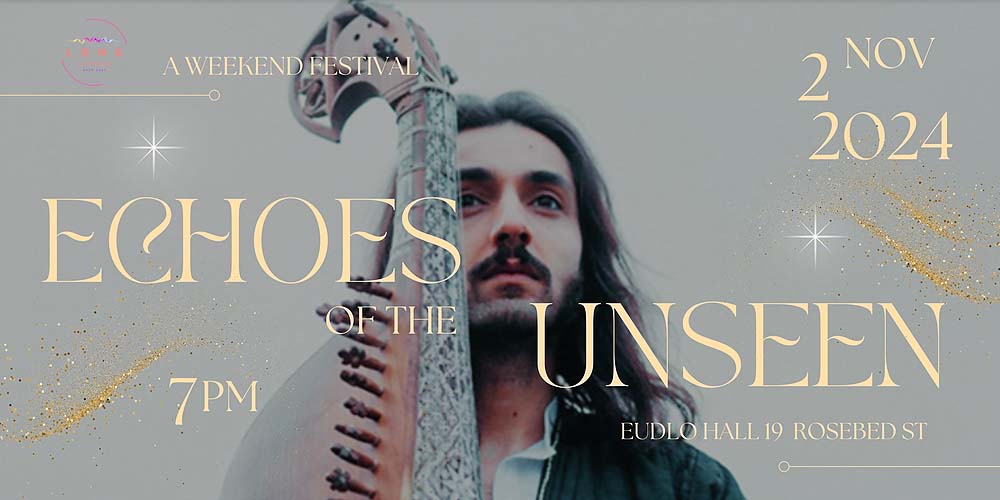
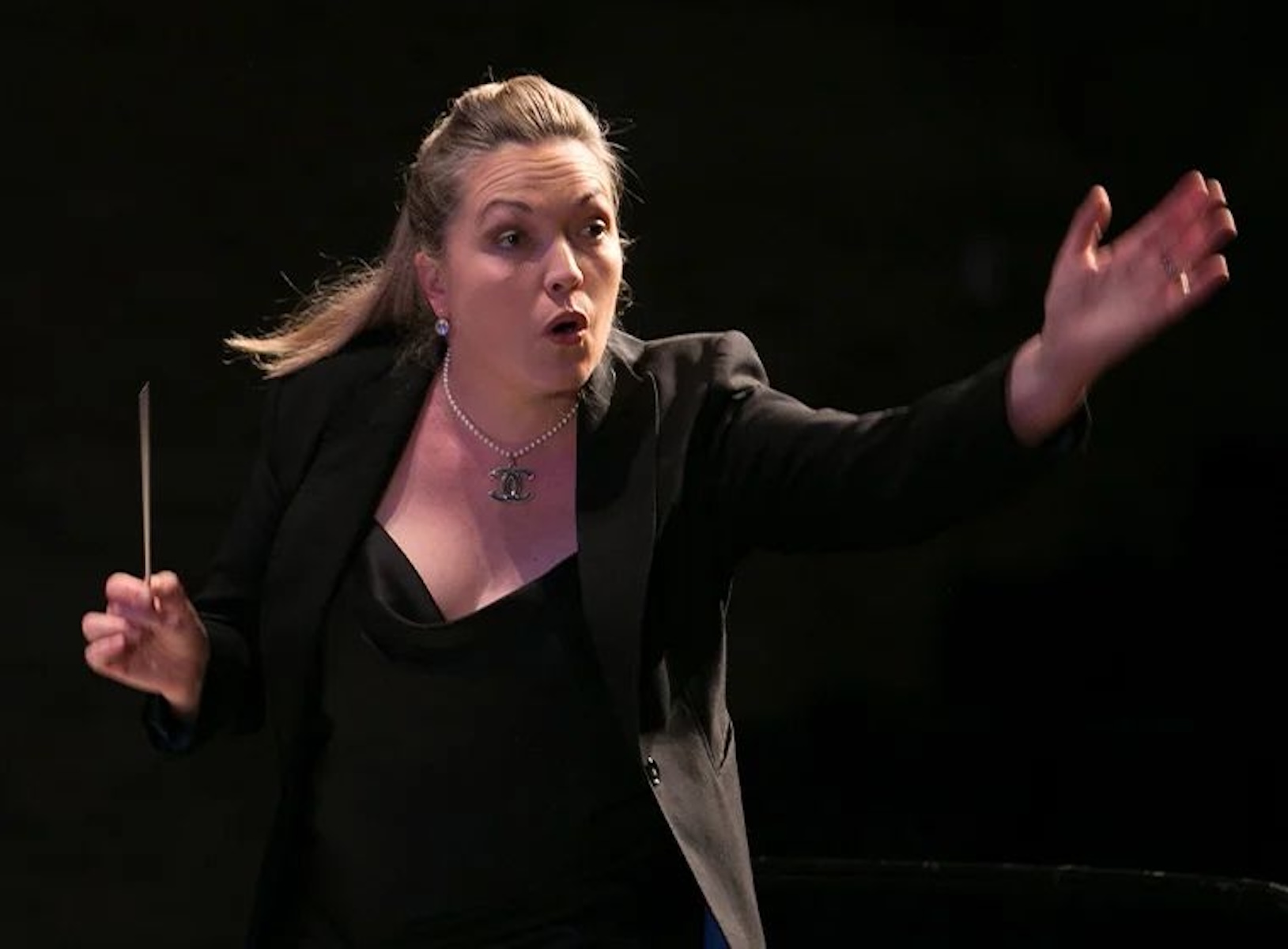
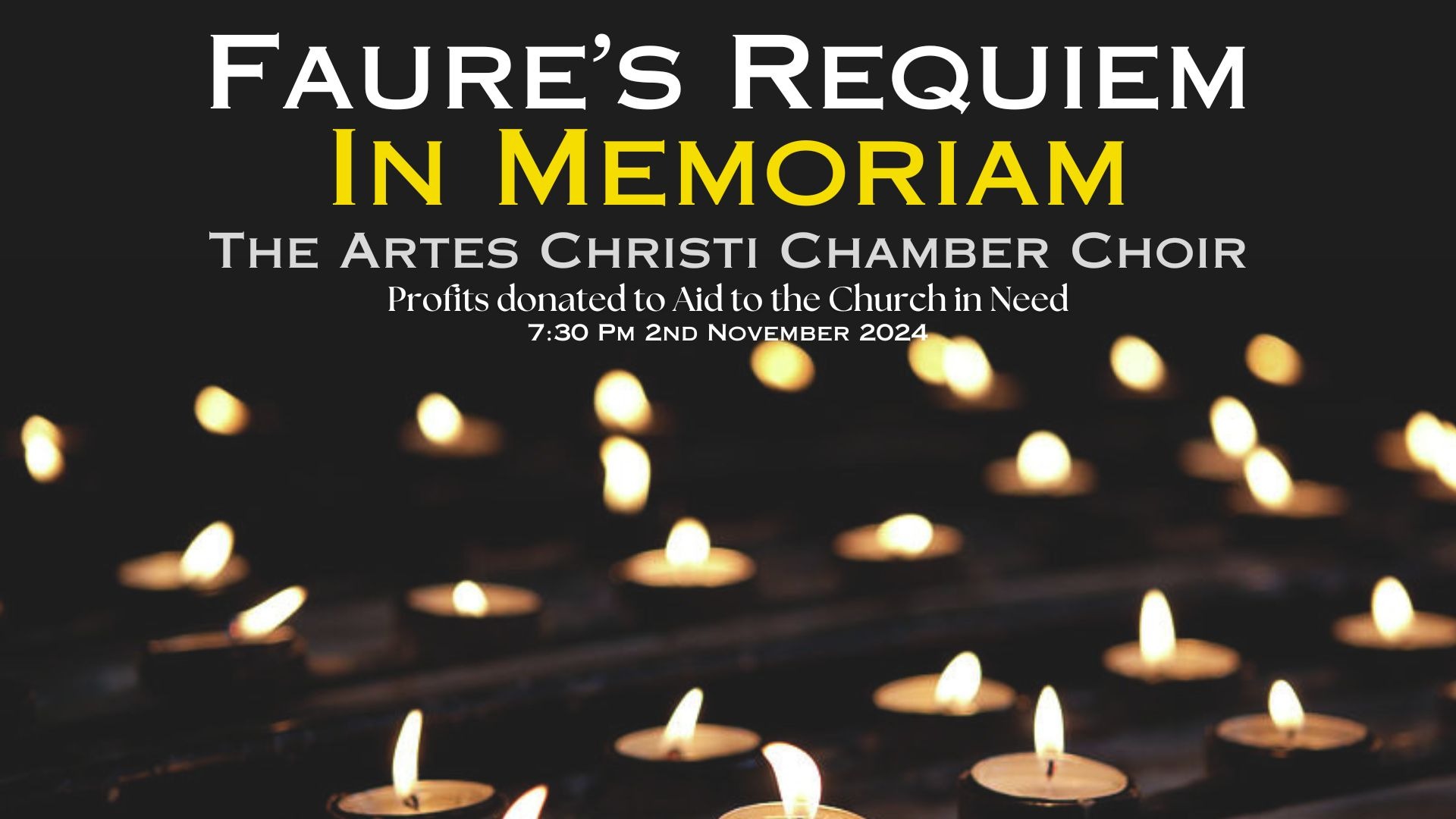
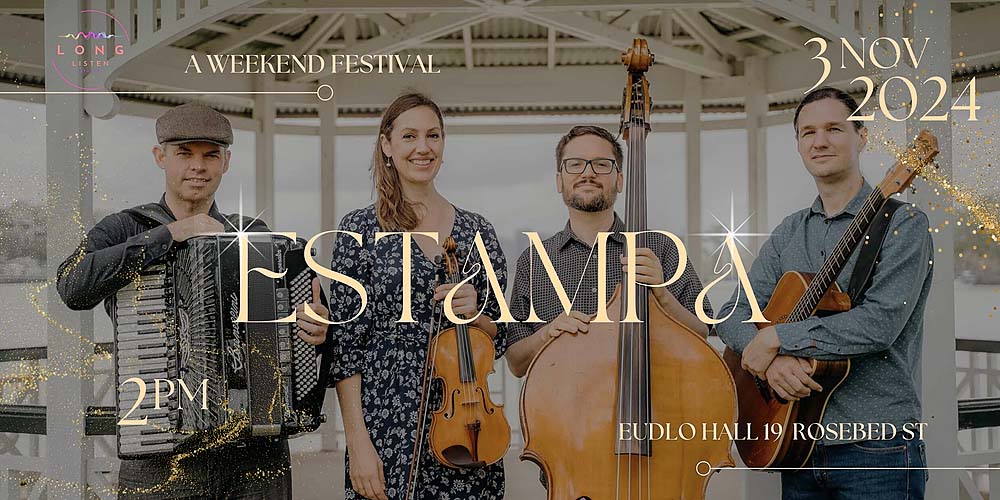





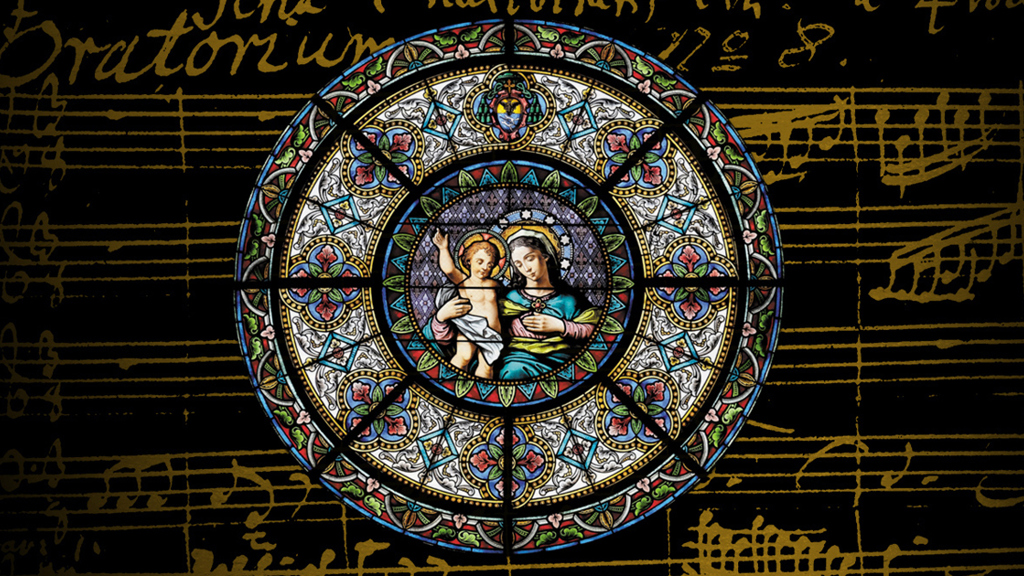
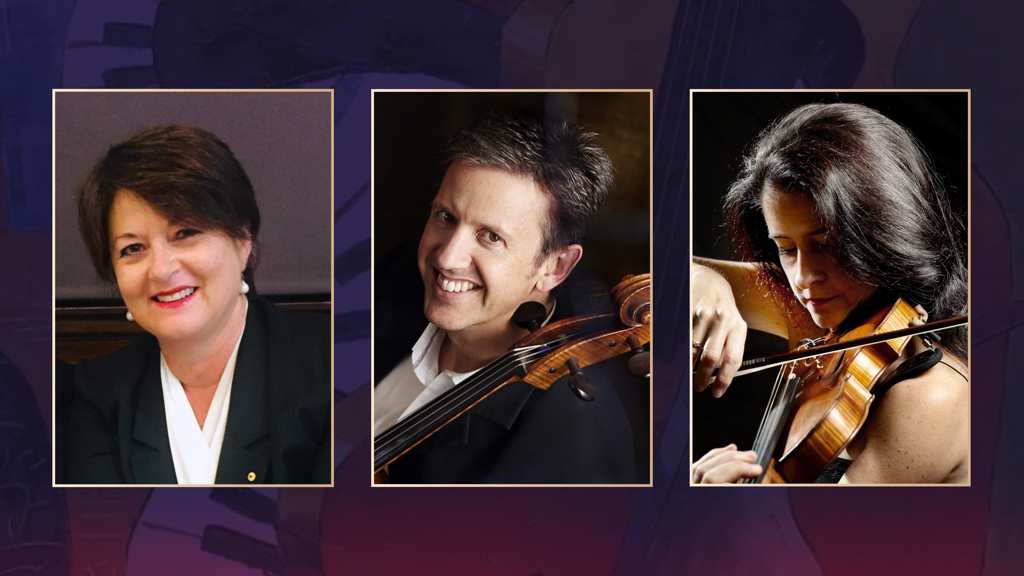

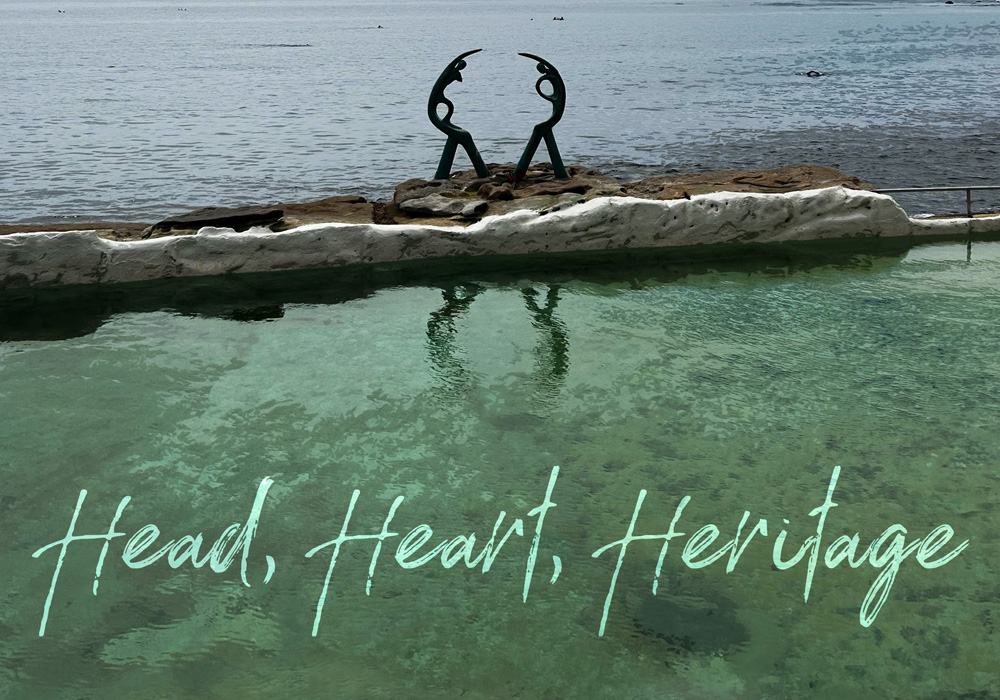
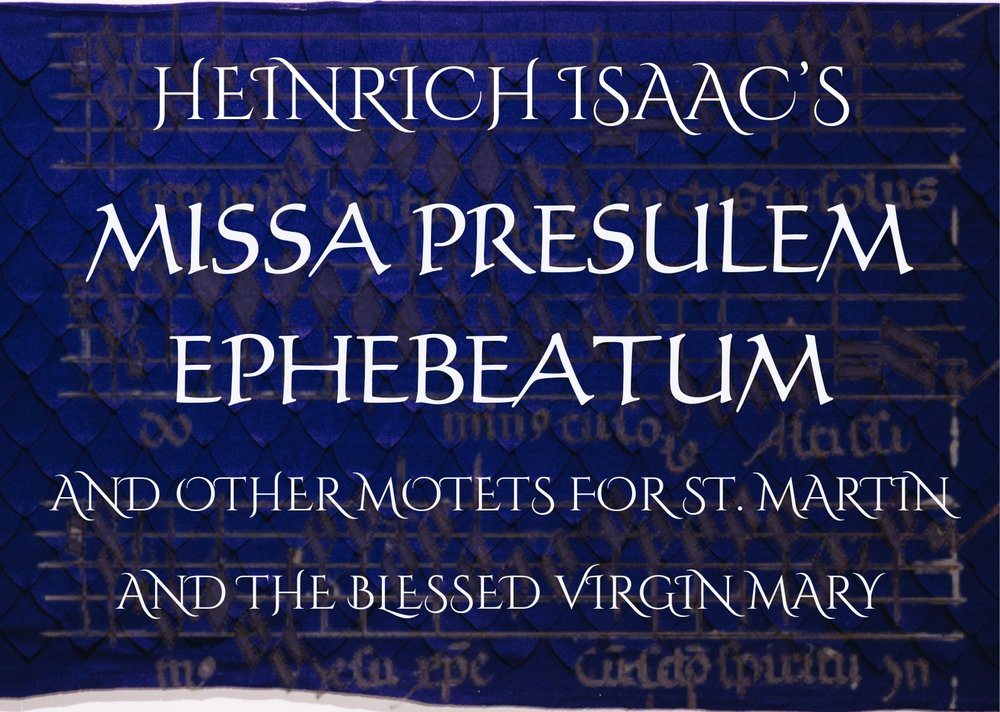

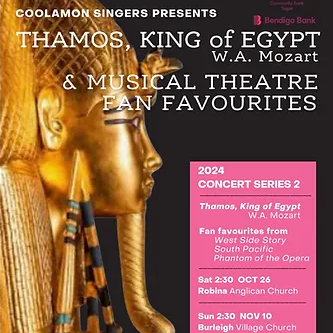
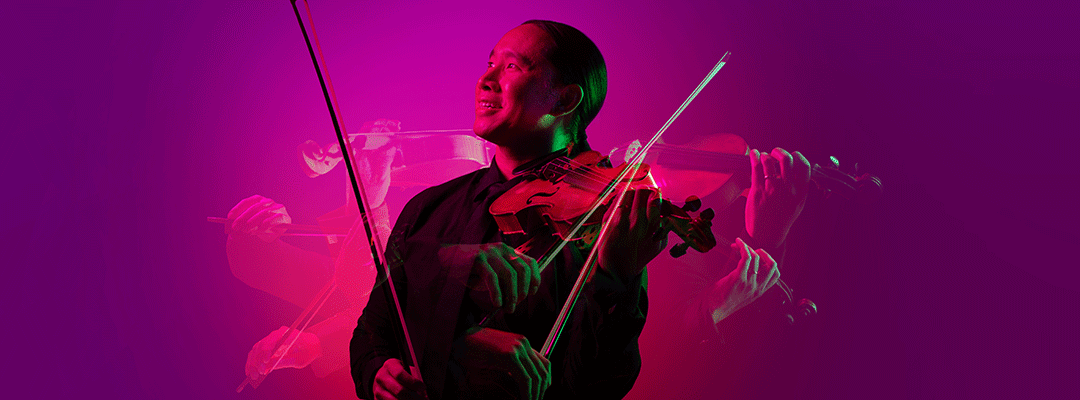


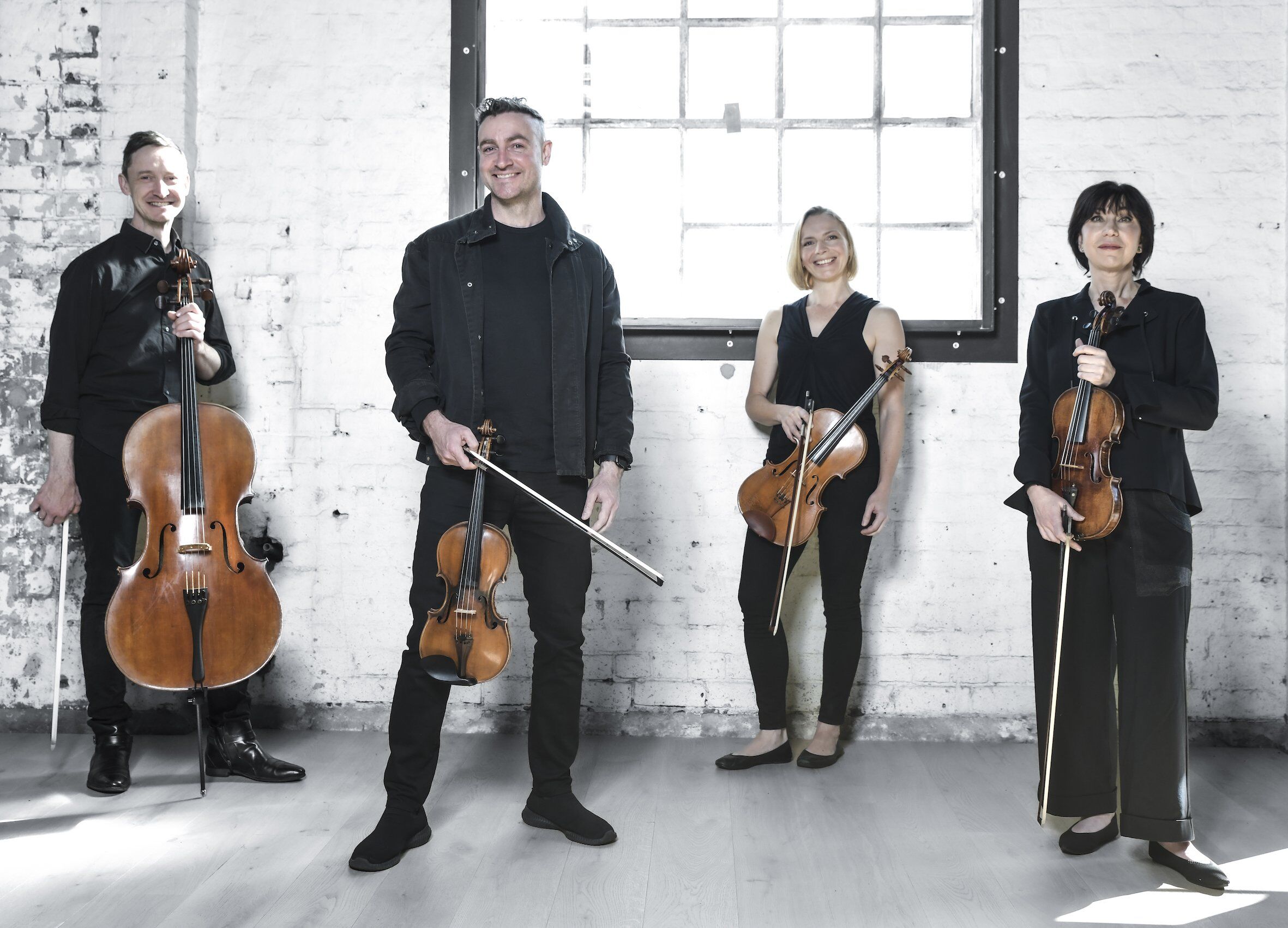





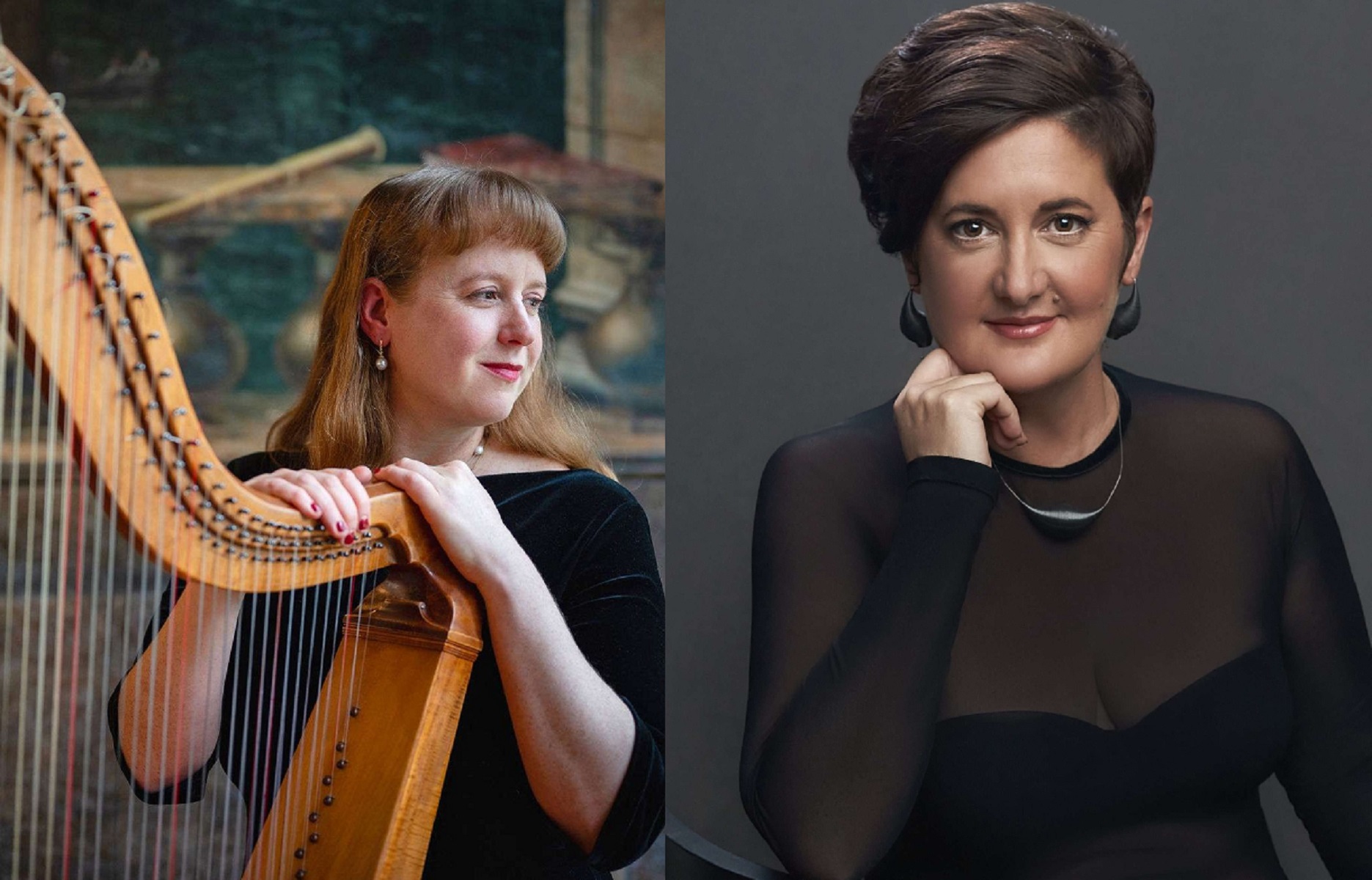
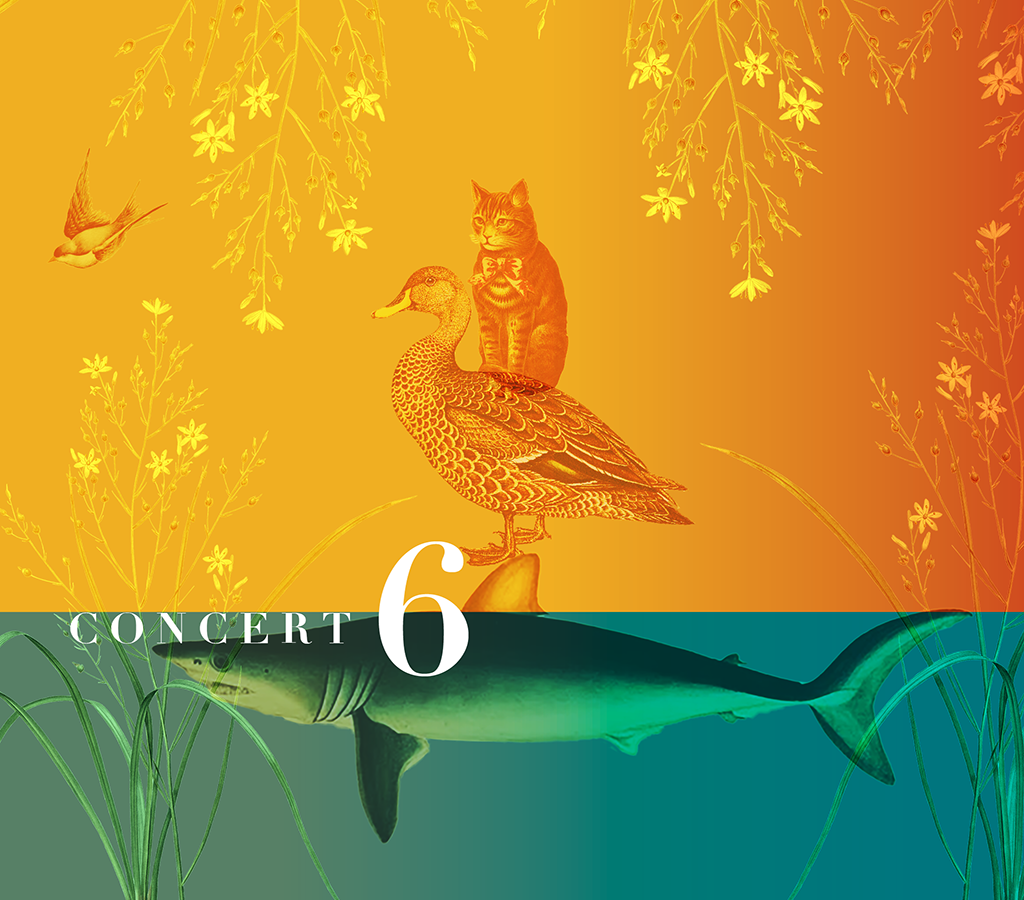

![user222 mrc mostlymozart [splendour of vienna] user222 mrc mostlymozart [splendour of vienna]](https://cdn-classikon.b-cdn.net/wp-content/uploads/2024/02/user222-mrc_mostlymozart_splendour_of_vienna.png)
